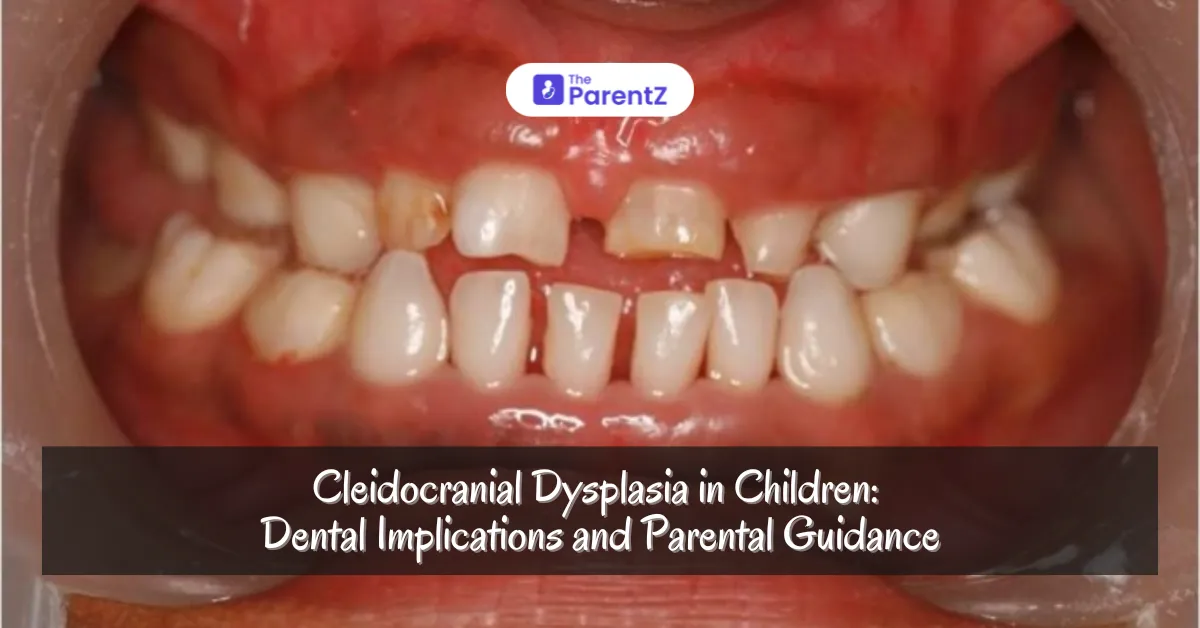Cleidocranial dysplasia (CCD) is a rare genetic disorder impacting the development of bones and teeth. Children with CCD may exhibit distinctive features, including underdeveloped collarbones and delayed dental development. Understanding the dental implications of this condition and recognizing its signs are crucial for timely intervention. Parents play a vital role in ensuring their child receives the necessary care and support.
Understanding Cleidocranial Dysplasia
Caused by mutations in the RUNX2 gene, CCD leads to skeletal abnormalities, particularly in the skull and collarbones, resulting in various dental issues.
Dental Implications
Children with CCD often face several dental challenges, including:
•Delayed Tooth Eruption: Permanent teeth may take longer to emerge.
•Supernumerary Teeth: Extra teeth can cause crowding and misalignment.
•Impacted Teeth: Extra teeth may lead to difficulties in proper eruption.
•Malocclusion: Misalignment can affect chewing and speech.
•Jaw Abnormalities: Changes in jaw shape may impact bite.
Signs to Look For
Key signs of cleidocranial dysplasia include:
•Prominent Forehead: Noticeable forehead with a flat nasal bridge.
•Underdeveloped Collarbones: Increased shoulder mobility due to absent or underdeveloped collarbones.
•Dental Anomalies: Delayed eruption, crowding, and misalignment of teeth.
•Frequent Ear Infections: Often related to structural abnormalities in the ear canal.
What to Do When You Notice These Signs
If you observe signs of CCD, consult a pediatrician or genetic specialist for diagnosis. Diagnosis typically involves a physical exam and imaging studies.
Once diagnosed, it is essential to work with a dental professional experienced in CCD. Regular dental check-ups will help monitor development and address issues early. Emphasizing proper oral hygiene is critical to maintaining dental health.
A Note to Parents
Caring for a child with cleidocranial dysplasia can be challenging, but staying informed is vital. Communicate openly with healthcare providers and advocate for your child’s needs.
Implement gentle dental hygiene practices, using soft-bristle toothbrushes and fluoride toothpaste. Support your child in understanding their condition and encourage them to express their needs regarding dental care.
Connecting with support groups can provide valuable resources and community support, helping families navigate the complexities of living with CCD.
Conclusion
Cleidocranial dysplasia presents unique dental challenges for children. Early diagnosis and intervention are crucial for managing these challenges effectively. By recognizing the signs of CCD and collaborating with healthcare providers, parents can help their children maintain good oral health and thrive despite the obstacles posed by this genetic condition.








Be the first one to comment on this story.